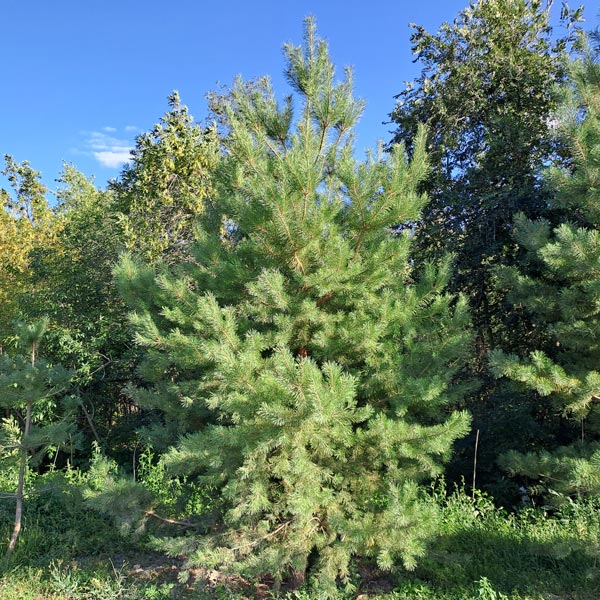Bradford Pear Trees
Pyrus Calleryana Bradford Pear Tree AKA Callery Pears
The Bradford Pear Tree has been dubbed beauty and the beast by tree fanciers in the southern states for years but what exactly is it about this tree that has caused so much anguish to home and business owners alike? The Bradford pear tree was introduced into the United States in the early nineteen hundreds. In 1963, the United States Department of Agriculture (USDA) released the tree to be sold commercially. It is native to Korea and China, and grows quickly.

Bradford Pear Tree Identification
The tree is pyramidal in shape and younger trees are often found planted in the front yards of homes in Georgia. It is easy to fall in love with the rich color and the beautiful blossoms of this tree. The tree blooms with white flowers in the spring, followed by green leaves and dark red fruit in the summer. In the fall, the leaves turn bright orange, red or deep maroon. The lifespan of this ornamental fruit tree is fairly short compared to other trees and is typically no longer than 25 years. Sounds good so far, but what about the downside of your Bradford pear trees?
Cons of Bradford Pear Trees in Your Yard
There are several drawbacks to Bradford pear trees that have plagued home and business owners for years including:
- Weak Branch Structure: Bradford pear trees grow quickly and can reach heights of 40 to 60 feet tall. The branch structure however is weak and makes the tree highly susceptible to damage caused by wind, rain and ice. Ice storms in particular can cause the limbs to break into pieces and the tree to split causing damage to structures, vehicles and powerlines.
- Unpleasant Odor & Smell: The scent of the Bradford pear has been compared to the smell of rotting fish or semen. In neighborhoods with multiple Bradford pear trees the overwhelming smell can spread for miles.
- Lack of Grass: Bradford pear trees are renowned for having thick, dense foliage which means that it is difficult for the sun to penetrate through the branches. It is next to impossible to grow grass underneath the tree because the grass is not able to receive the nutrients it needs to grow. The tree also has a long root system that can spread across your lawn making it look disheveled and disjointed.
- Non-edible Fruit: The Bradford pear tree is a decorative fruit tree that does not produce edible fruit. The fruit produced by the tree can be poisonous for animals especially dogs. Fallen fruit should be picked up and removed immediately. Fallen fruit can also be problematic when you are mowing your lawn. The hardness of the fruit has the potential to damage lawn mower blades.
Bradford Pear Tree Trimming or Removal
If you decide that trimming your tree or completely removing the tree is the best option for your home or business, the experts at Milam’s Tree Service can provide professional trimming, pruning, shaping, topping or tree removal services. Trimming and pruning can keep your trees from becoming heavy and causing damage to power lines while also lowering the risk of breakage during heavy rains or ice. Bradford pear trees have a complex root system that is resilient and if not professionally removed, can grow back. At Milam’s Tree Services, our technicians can remove the tree and the stump to ensure that the tree’s root system does not grow back and create additional and unnecessary future issues.
Bradford Pear Tree Trimming, Pruning, Shaping, Topping, Dangerous Tree Removal, Stump Grinding, Lot & Land Clearing, Cabling & Bracing & Crane Services in McDonough, Jackson, Hampton, Jonesboro, Fayetteville, Henry, Clayton & Fayette County Georgia
For more information regarding tree trimming, pruning, shaping or removal services of trees on your residential or commercial property, contact the experts at Milam’s Tree Services today and speak with a friendly customer representative.









